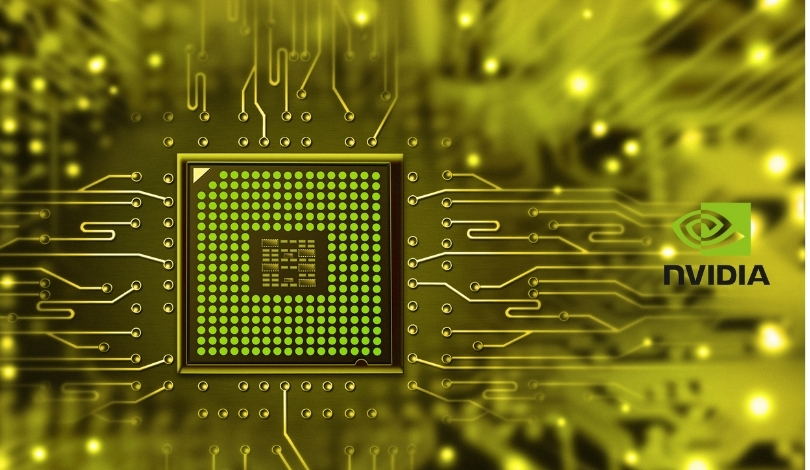Robotics companies worldwide are increasingly relying on AI-driven systems to maneuver unpredictable environments and collaborate safely with humans. In response to these demands, NVIDIA has released its Jetson AGX Thor developer kit and production modules to the public, aiming to serve as the computational platform for advanced physical AI applications. The Jetson AGX Thor, featuring the NVIDIA Blackwell GPU architecture and 128GB of memory, promises faster on-device processing for machines handling complex tasks such as manipulation, navigation, and perception. As autonomous robots gain prominence in sectors like logistics, manufacturing, and healthcare, the need for concurrent real-time AI processes at the edge is becoming more pronounced. Competitors and industry watchers will likely evaluate the real-world implications and adoption rate of this high-performance solution over coming months.
Industry coverage about NVIDIA’s Jetson series previously noted incremental performance increases, but the launch of Thor brings a considerable jump, especially for large generative AI models. Reviews and announcements from robotics partners have confirmed interest in edge computing for real-time applications but also highlight challenges of integrating such technology into legacy systems. Unlike earlier modules, Jetson AGX Thor targets a broader range of partners, from humanoid developers to industrial and logistics operators, signaling a broader competitive landscape. The cost and energy efficiency claims have drawn interest, though it remains to be seen how the developer community responds to operational realities versus marketing promises.
How Does Jetson AGX Thor Impact Robot Intelligence?
Jetson AGX Thor aims to provide significant increases in AI compute power, reportedly offering up to 2,070 FP4 teraflops within a 130-watt power envelope. This level of performance, according to NVIDIA, is more than seven times higher in AI capability and over three times more energy-efficient compared to Jetson Orin. As a result, developers can now run multiple generative AI models directly on robots, optimizing perception and decision-making locally rather than relying on cloud resources.
Which Companies Are Integrating Jetson AGX Thor?
Notable robotics and technology companies adopting Jetson AGX Thor include Agility Robotics, Boston Dynamics, Amazon Robotics, Caterpillar, Figure, Medtronic, and Meta. Agility Robotics confirmed its intent to use Thor as the processing core for its Digit humanoid, stating:
“Digit’s ability to interact with objects in human environments depends on reasoning about context, contact, and control all at once. Running larger, end-to-end manipulation policies onboard will allow Digit to react faster and handle more complex tasks, from stocking shelves to assisting in logistics, and will improve generalization to new environments.”
Boston Dynamics will equip its Atlas robot with Thor to support AI workload acceleration and improved data handling. Amazon Robotics signaled interest in the system’s utility in logistics operations, emphasizing:
“NVIDIA Jetson Thor offers the computational horsepower and energy efficiency necessary to develop and scale the next generation of AI-powered robots that can operate safely and effectively in dynamic, real-world environments, transforming how we move and manage goods globally.”
What Broader Ecosystem Is Jetson Thor Entering?
The expanded NVIDIA Jetson ecosystem exceeds two million developers and connects with over 150 hardware, software, and sensor partners. Jetson AGX Thor supports various development tools, including the NVIDIA Isaac platform and GR00T humanoid foundation model. The ecosystem is positioned to accelerate prototyping while providing access to production-ready modules and integrator networks, with distributors already making the new developer kit available starting at $3,499 and T5000 modules through embedded partners.
The shift to high-performance edge AI hardware noted in Thor’s release may serve as a tipping point for robotics teams seeking modular, scalable solutions capable of addressing increasingly diverse environments. Adoption by leading enterprises signals preliminary industry validation, yet returns on investment and operational benefits will become clearer as more deployments roll out. Developers pursuing AI-driven robotics should weigh compatibility with current toolchains, evolving standards, and integration with existing automation workflows. For organizations, evaluating compute requirements against power, cost, and support is crucial before large-scale implementation, especially in sectors where margins and reliability dictate technology selection.
- NVIDIA Jetson AGX Thor brings advanced edge AI power to robotics developers.
- Major companies, including Agility Robotics and Boston Dynamics, are integrating Thor.
- Thor’s capabilities could reshape robotics in industries demanding real-time decisions.










